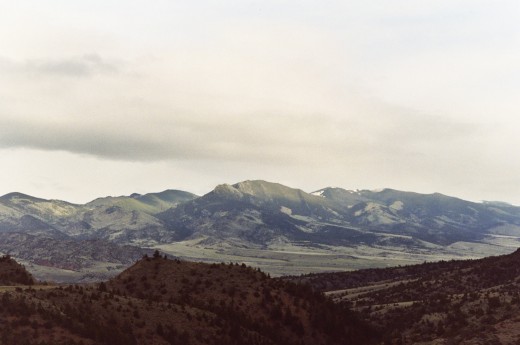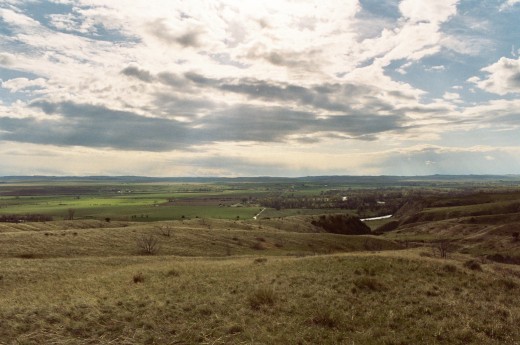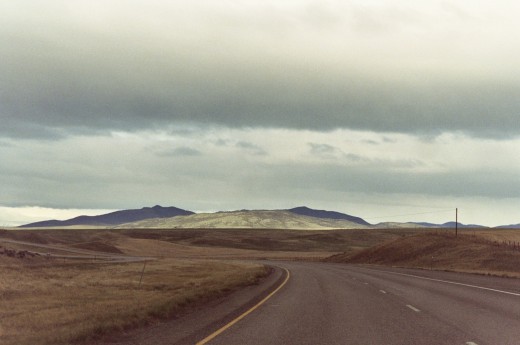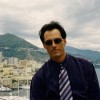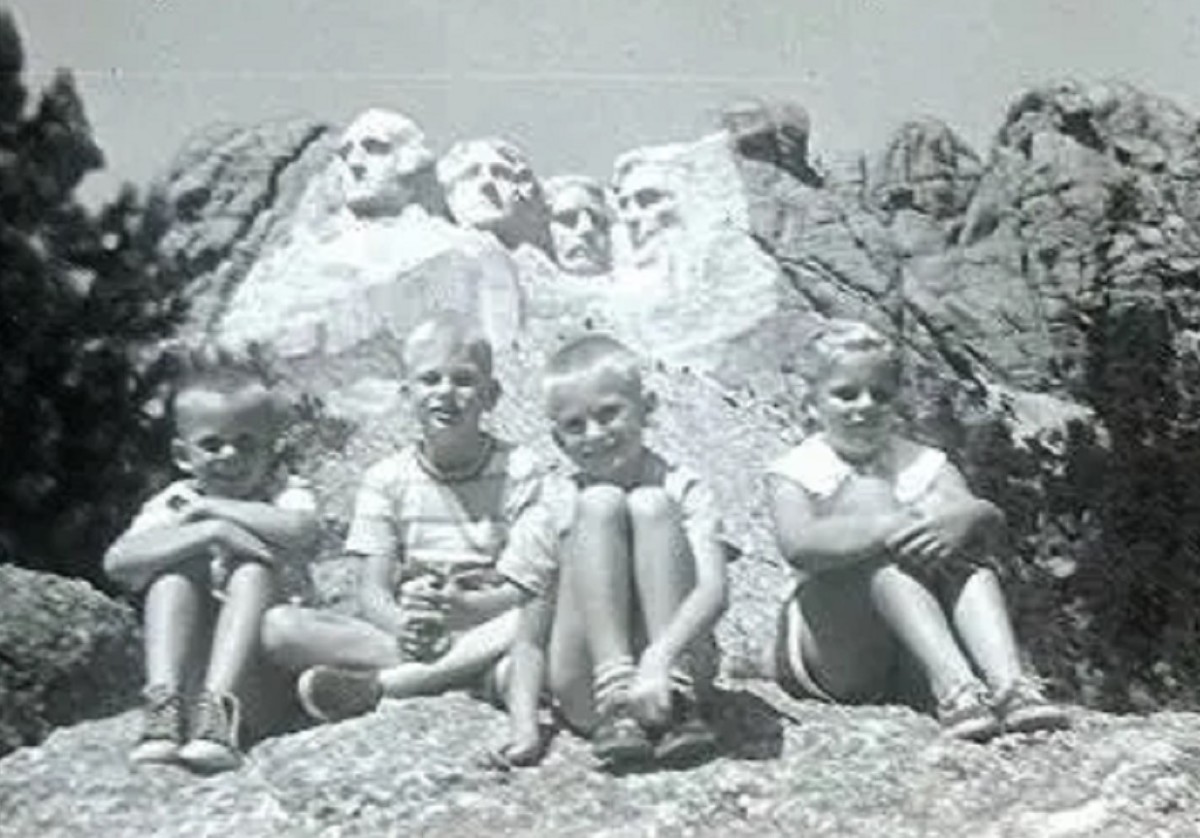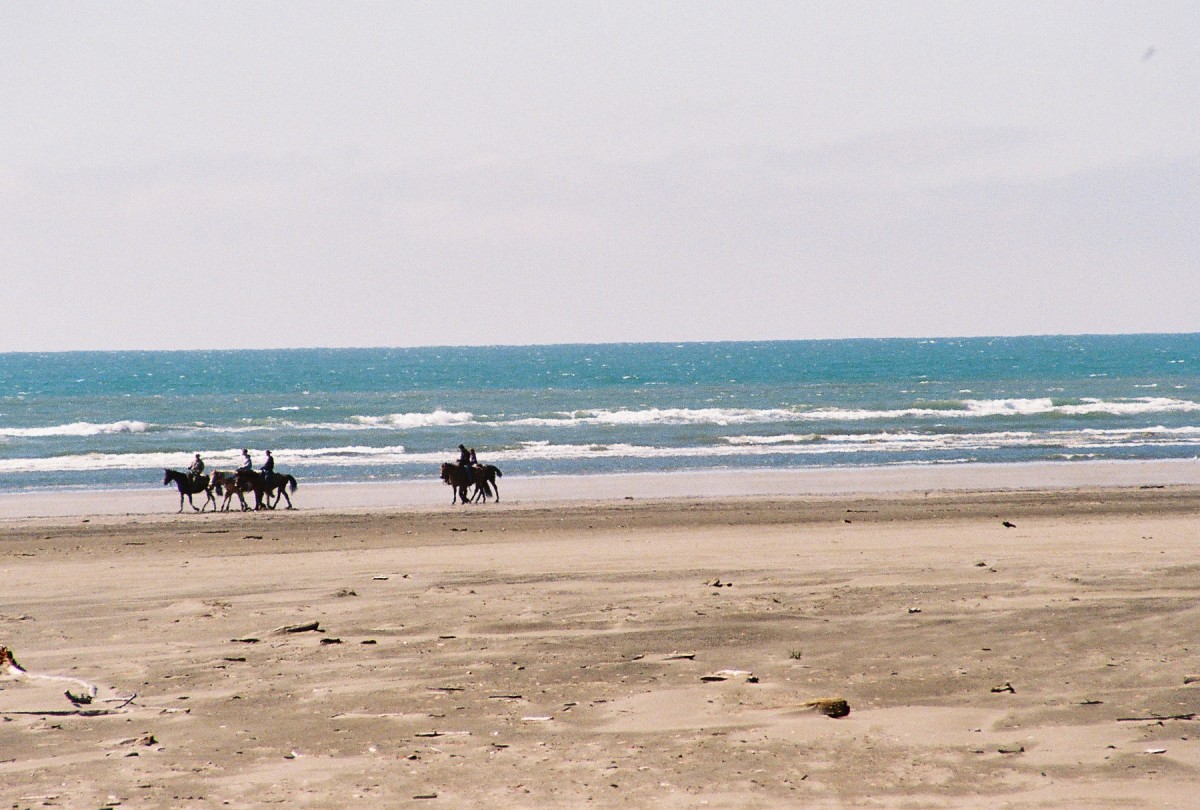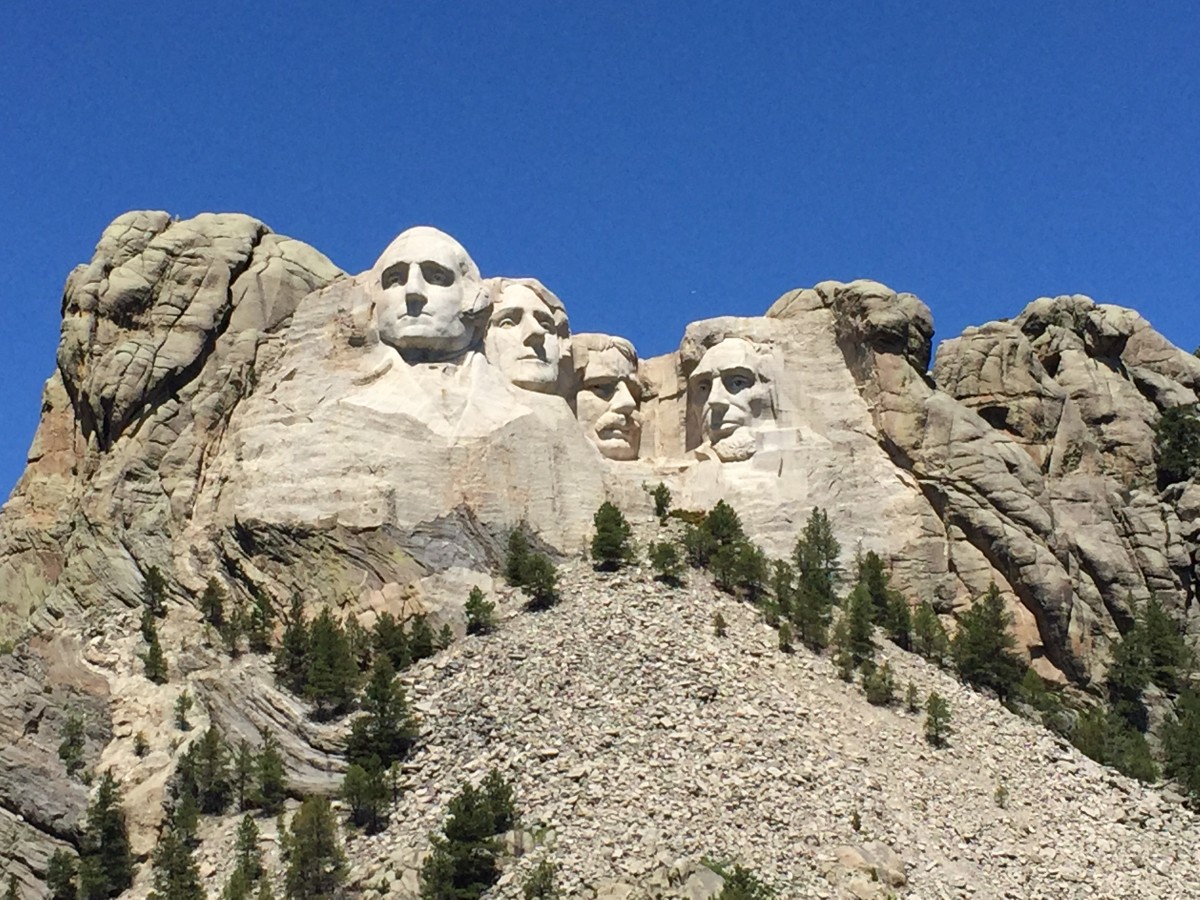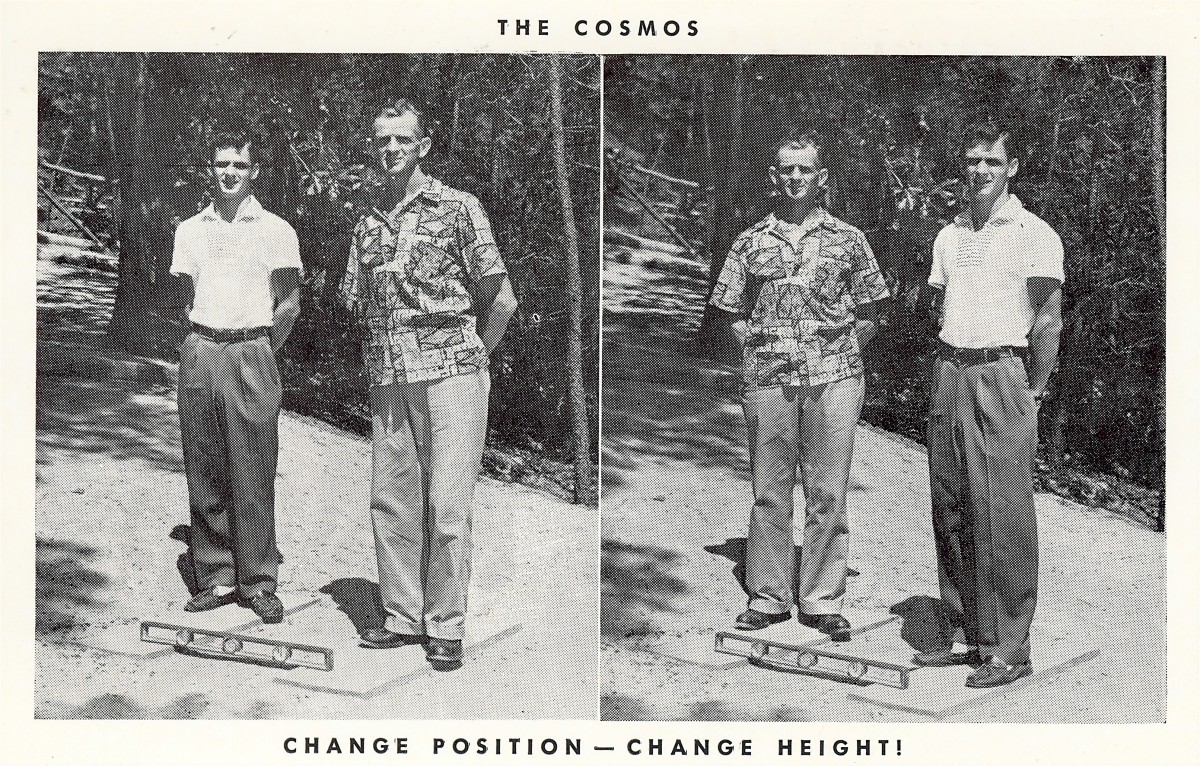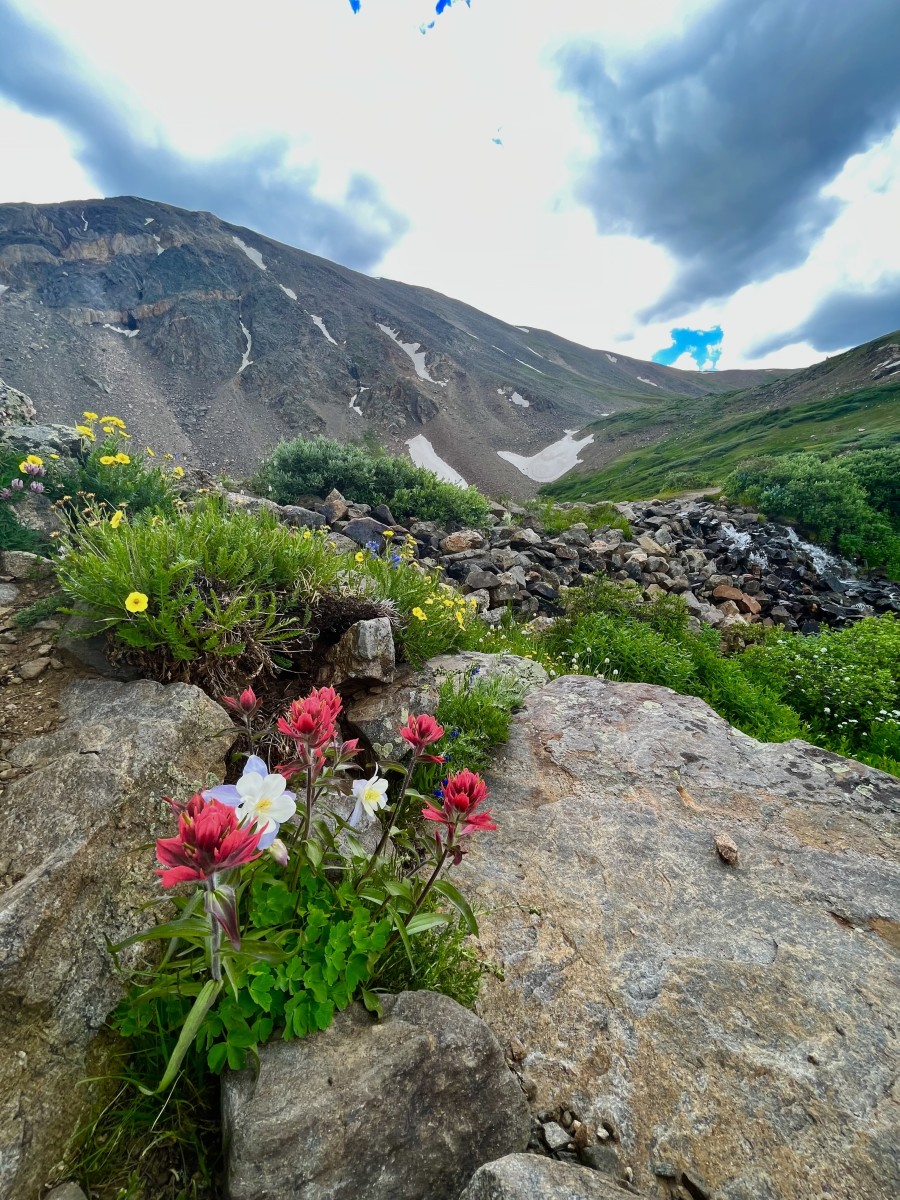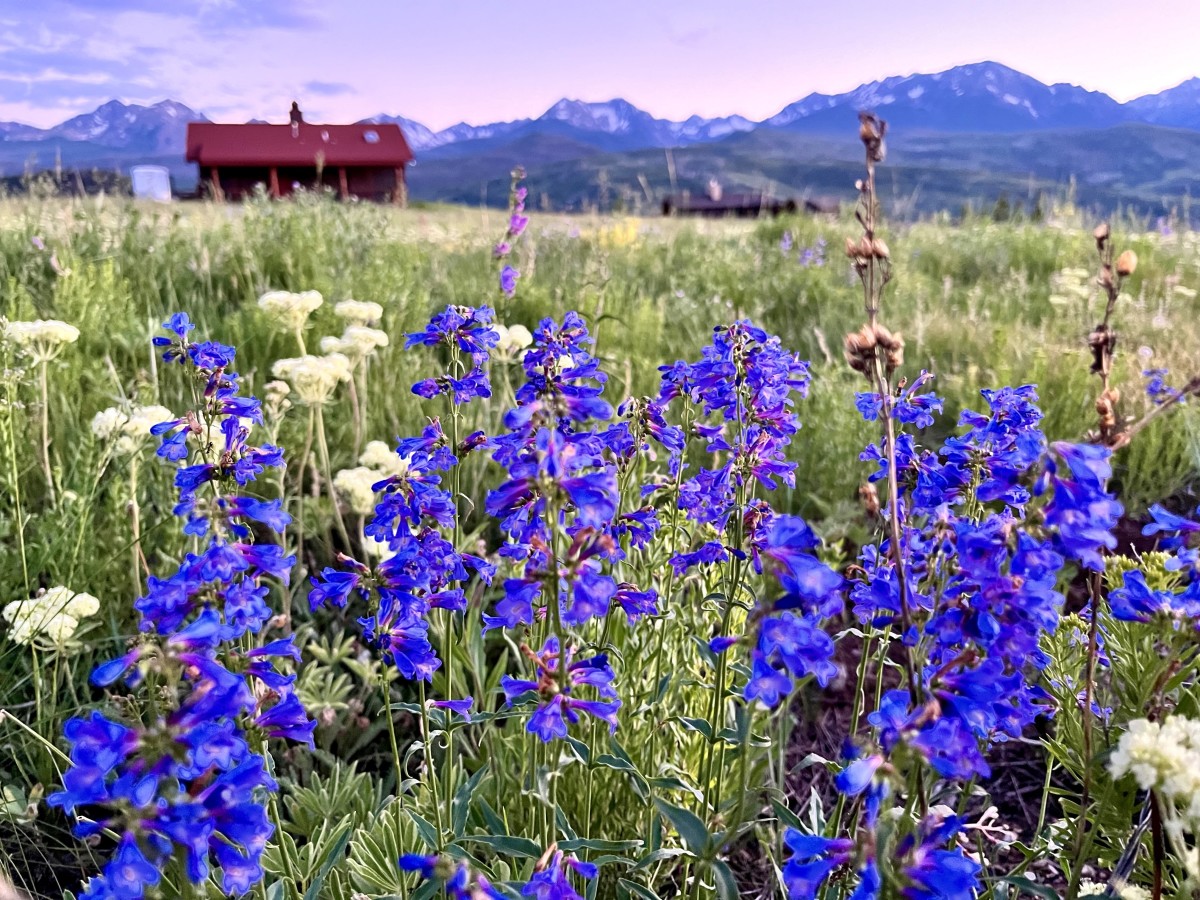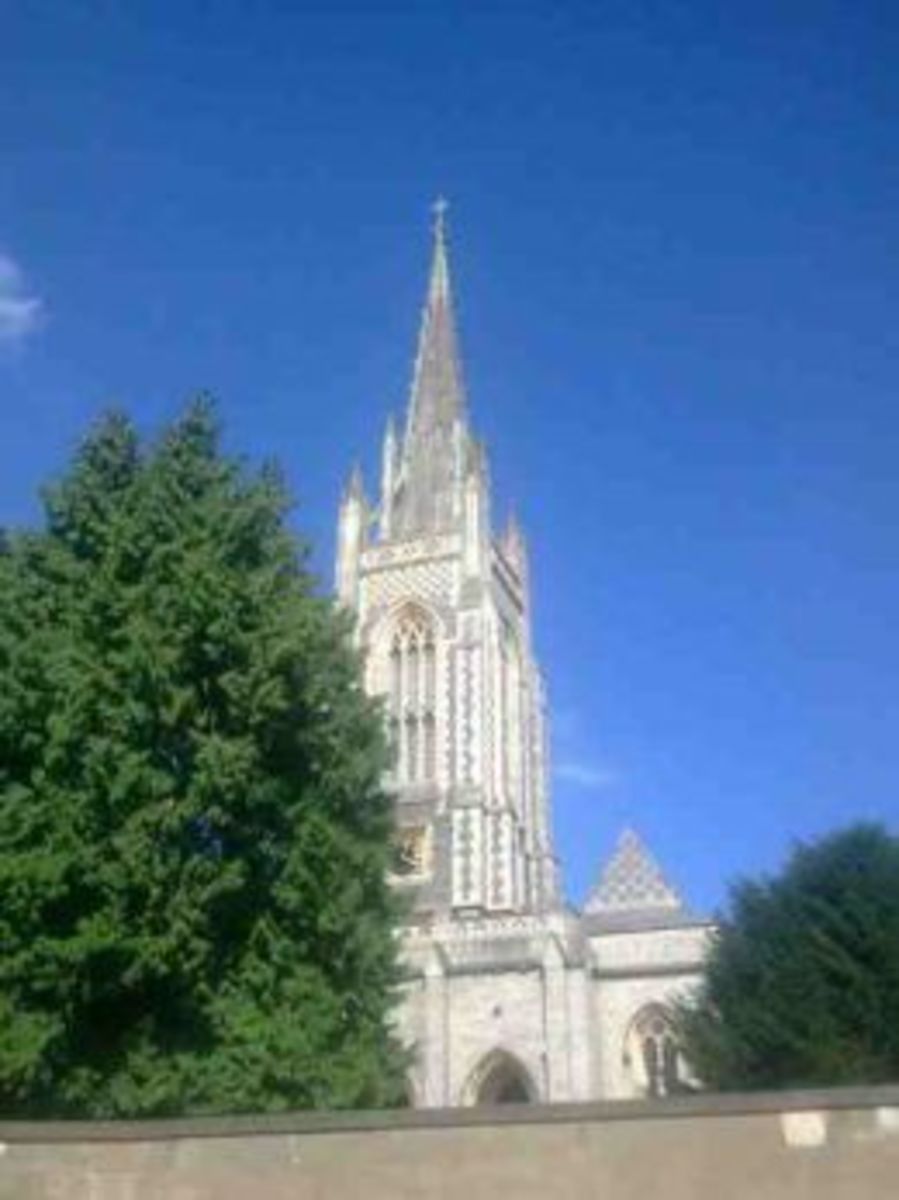Journey to the Great NorthWest
Northwest United States
I recently had the good fortune to experience a two week road trip through the Northwest United States. This part of my country was one of two to which I had never been (New England being the other).
The journey proved to be far more interesting and pleasurable than I had anticipated. I shot many rolls of film during the excursion. I would like to share what I saw if you will come along with me.
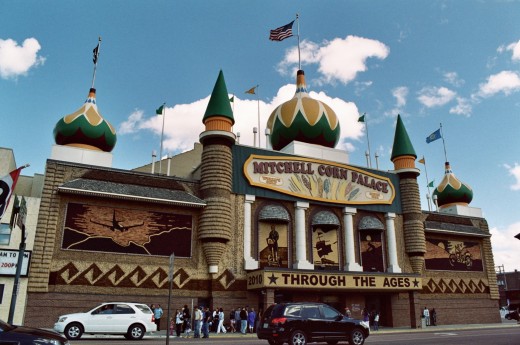
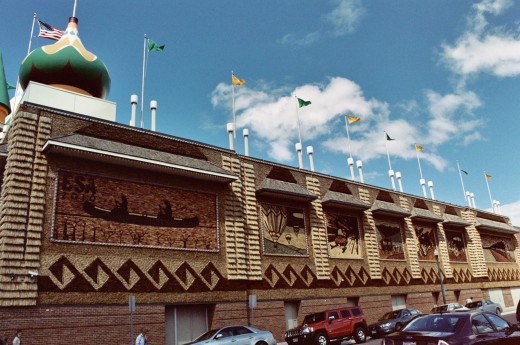
Corn Palace
The Corn Palace is a folk art icon in Mitchell, South Dakota, which receives more than a half a million visitors each year. Mitchell is home to 15,000 people, among them George McGovern.
The Corn Palace was built in 1892 to showcase the local harvest—on the building itself. The current Corn Palace was constructed in 1921.
Each year since, a local artist has completely remade the facade with murals made of corn, framed by native grasses. 12 different colors of corn were used in this year's mural, which was created by the art teacher of nearby Dakota Wesleyan University, Cherie Ramsdell.
The Corn Palace is used for basketball, concerts, exhibits, community events, and Ultimate Fighting bouts.
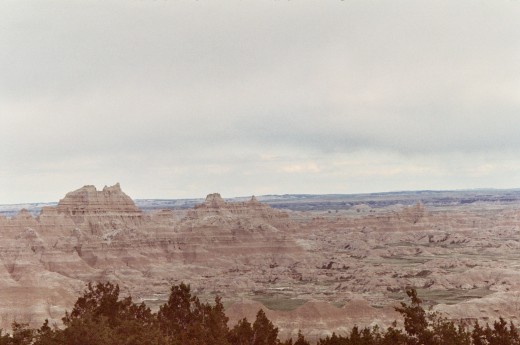
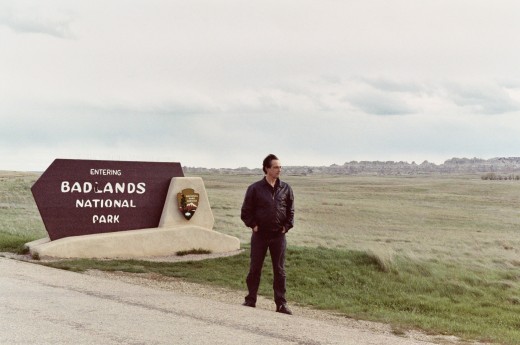
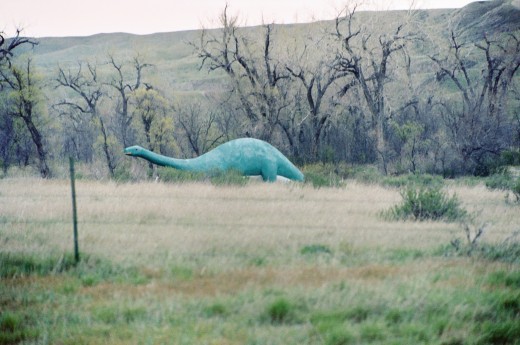
The Badlands
The Badlands of South Dakota is a National Park designated as a wilderness area. The Lakota Indians named this place The Badlands. I could hardly believe how deserted it was—and how beautiful.
The Badlands features a stunningly unusual and colorful landscape, filled with bizarre natural land forms. It is an eerie, spooky place. The few hours I was there I only saw a handful of people. The Badlands was used as a bombing range during World War II. It is today considered one of the world's most fabulous fossil beds.
On my way out I encountered a strange little hamlet called Scenic. I thought it was an abandoned movie set at first, but then spotted a few people at a gas station around the corner. It was about then that I decided to find my way back to civilization.
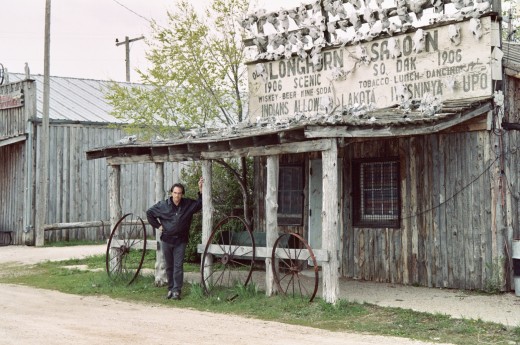
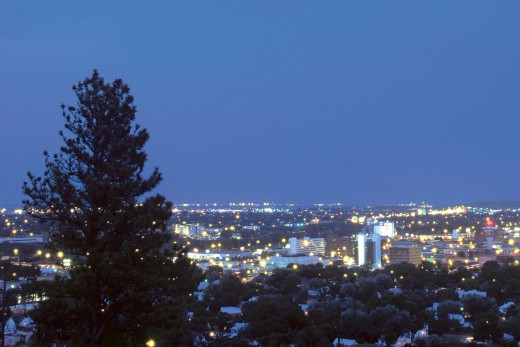
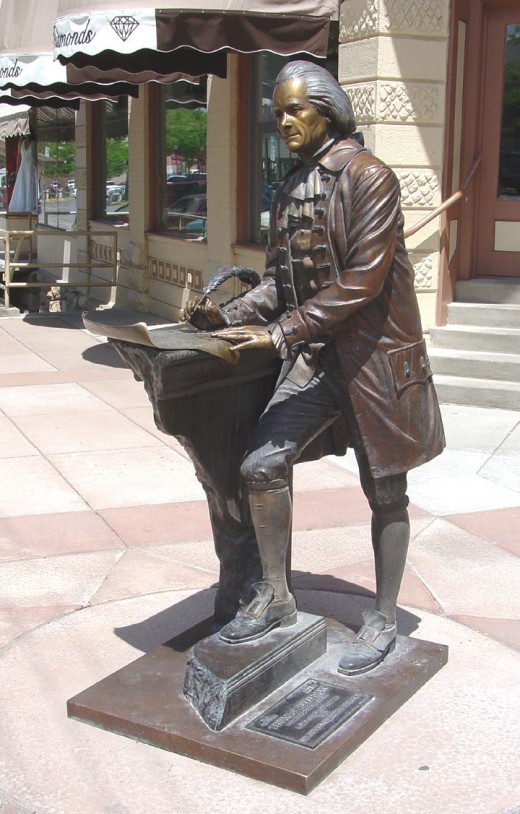
Rapid City, South Dakota
Rapid City, South Dakota, surprised me. I didn't know what to expect, but Rapid City impressed me deeply. It is the kind of city I could see myself living in.
The "Gateway to the Black Hills" has about 120,000 residents in the metropolitan area, 10% of them Native Americans. There is the danger of floods—250 people died in the 1972 flood—and wild fires (due to the dry air). The downtown is thriving commercially and artistically.
Tourists buy Black Hills Gold in Rapid City, and enjoy incredible sculptures of the American Presidents scattered around the city center.
From the 1960s to the 1990s the area was home to over 150 missile silos. Rapid City holds two remarkable weather records: fastest temperature rise of 49 °F in 2 minutes on January 22, 1943; and fastest temperature drop of 47 °F in 5 minutes on January 10, 1911. The Sturgis Motorcycle Rally brings nearly as many visitors to the area each August as South Dakota has population.
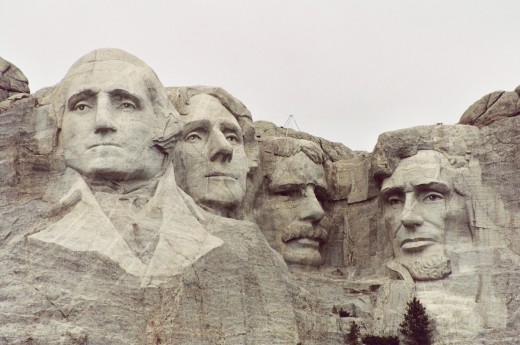
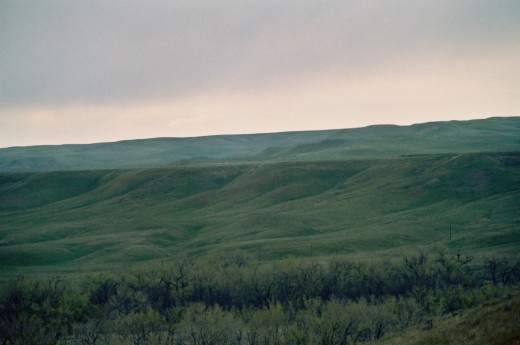
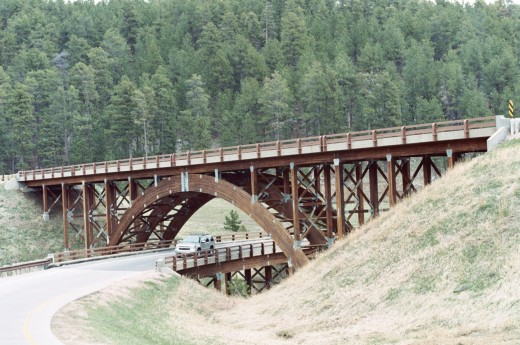
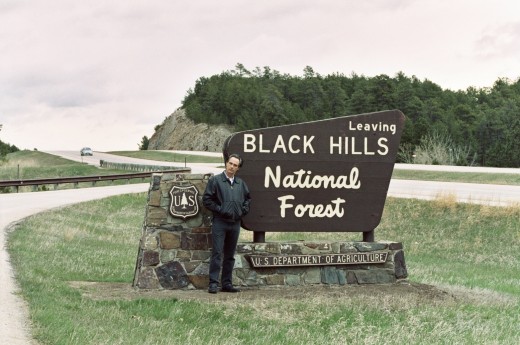
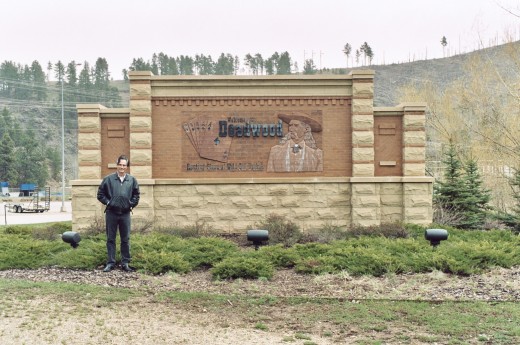
The Black Hills, Mount Rushmore, and Deadwood
Mount Rushmore draws two million visitors annually to see the six-story high faces of four American Presidents—George Washington, Thomas Jefferson, Abraham Lincoln, and Theodore Roosevelt—carved into the granite mountainside. The massive sculptures took 15 years to complete.
The nearest town to Mount Rushmore is Keystone, which itself is a pleasure to visit.
Also nearby is the city of Lead. Lead was founded around the Homestake Mine—the largest, deepest, most productive gold mine in the Western Hemisphere for 100 years before it closed in 2002.
The twin city with Lead is Deadwood, which inspired the eponymous television series. Deadwood is famous as the town where Wild Bill Hickok was murdered. Hickok and Calamity Jane are buried there. Back in the day, Deadwood was full of miners, gamblers, prostitutes, gunslingers, and outlaws.
On my way out of the Black Hills, I drove alongside Spearfish Creek, which is unusual in that it freezes from the bottom up.
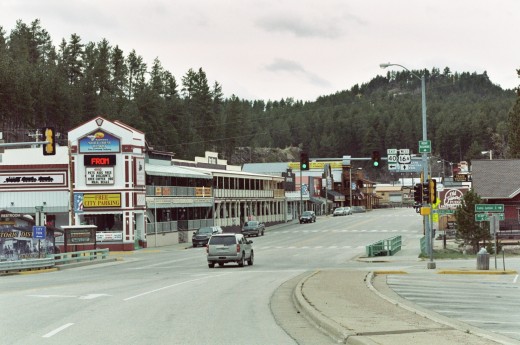
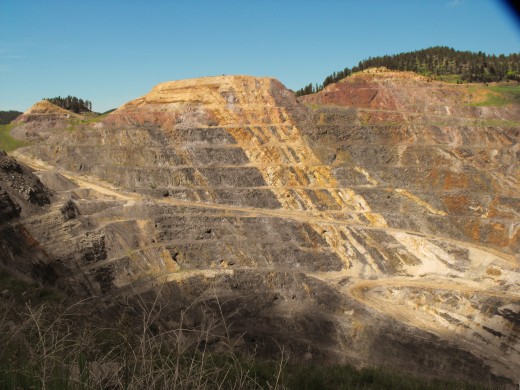

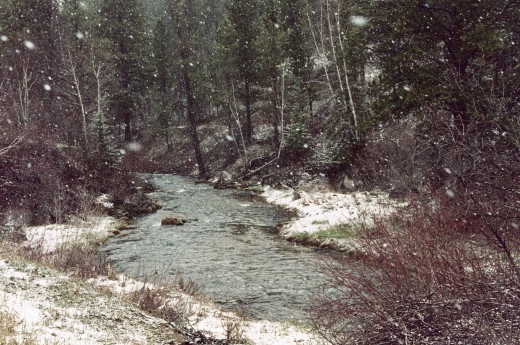
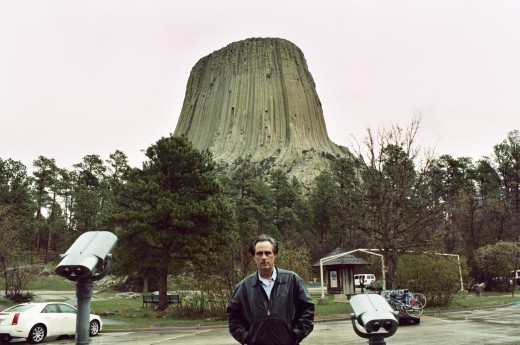
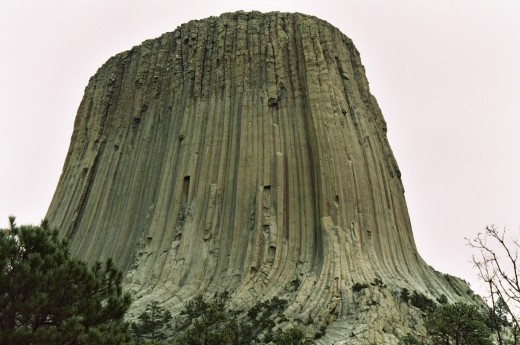
Devils Tower
We drove through the northeast corner of Wyoming on my way from South Dakota to Montana. we stopped in the town of Sundance, famous for its film festival, but there isn't much to see there. So we drove on to see Devils Tower, which was featured prominently in the film Close Encounters of the Third Kind.
American Indian tribes had many names for Devils Tower (including its present name), most commonly Bear Lodge.
President Theodore Roosevelt named it the first American national monument in 1906. 4,000 people actually climb the thing each year. There is also a very cool Prairie Dog village nearby.
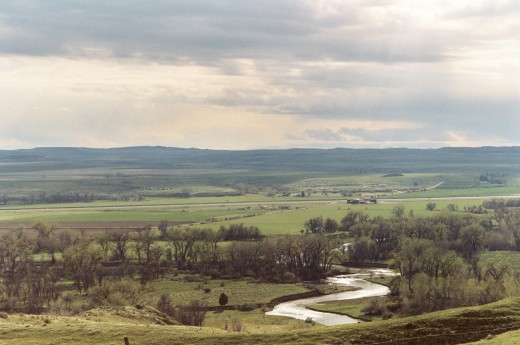
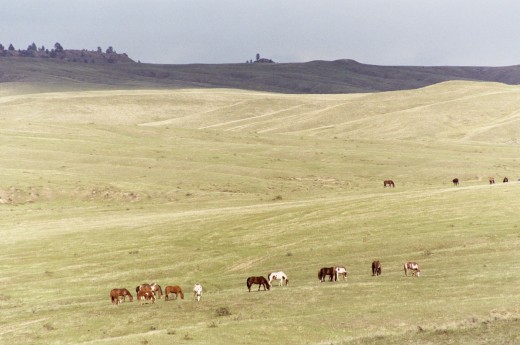
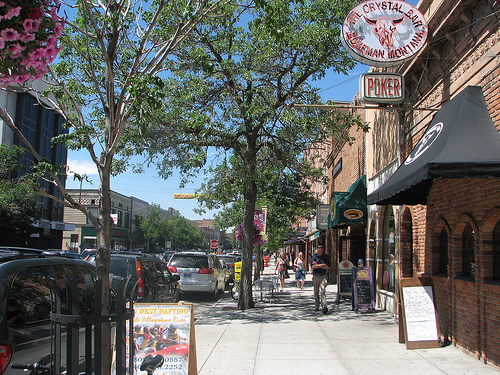
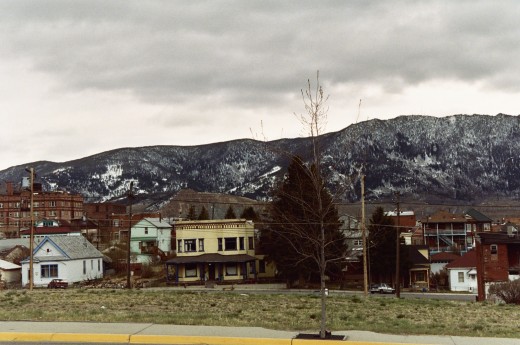
Moving to Montana Soon, Going to be a Dental Floss Tycoon
My first stop in Montana was the Little Big Horn National Monument where General George Custer made his last stand. Several thousand Lakota and Cheyenne warriors joined forces here under the leadership of Sitting Bull and Crazy Horse in 1876 to kill—and ritually mutilate the bodies of—all of the 210 American soldiers under Custer's command.
Next, I visited the very nice city of Bozeman, which sits 75 miles from Yellowstone National Park. Bozeman is the fastest growing city in Montana. The popular movies A River Runs Through It and The Horse Whisperer were both filmed there.
Home to Montana State University, Bozeman is the city from which hailed the actor Gary Cooper.
Butte is an interesting place to visit. I was surprised by the number of oil derricks right in the city. Butte was once among the most prosperous cities in America due to copper mining. Between the two world wars it was the largest city for hundreds of miles in all directions.
Butte was well known for labor unions and socialism, as well as its hundreds of saloons and brothels. Some of the whorehouses continued to operate until the 1980s. The daredevil Evel Knievel was from Butte.
